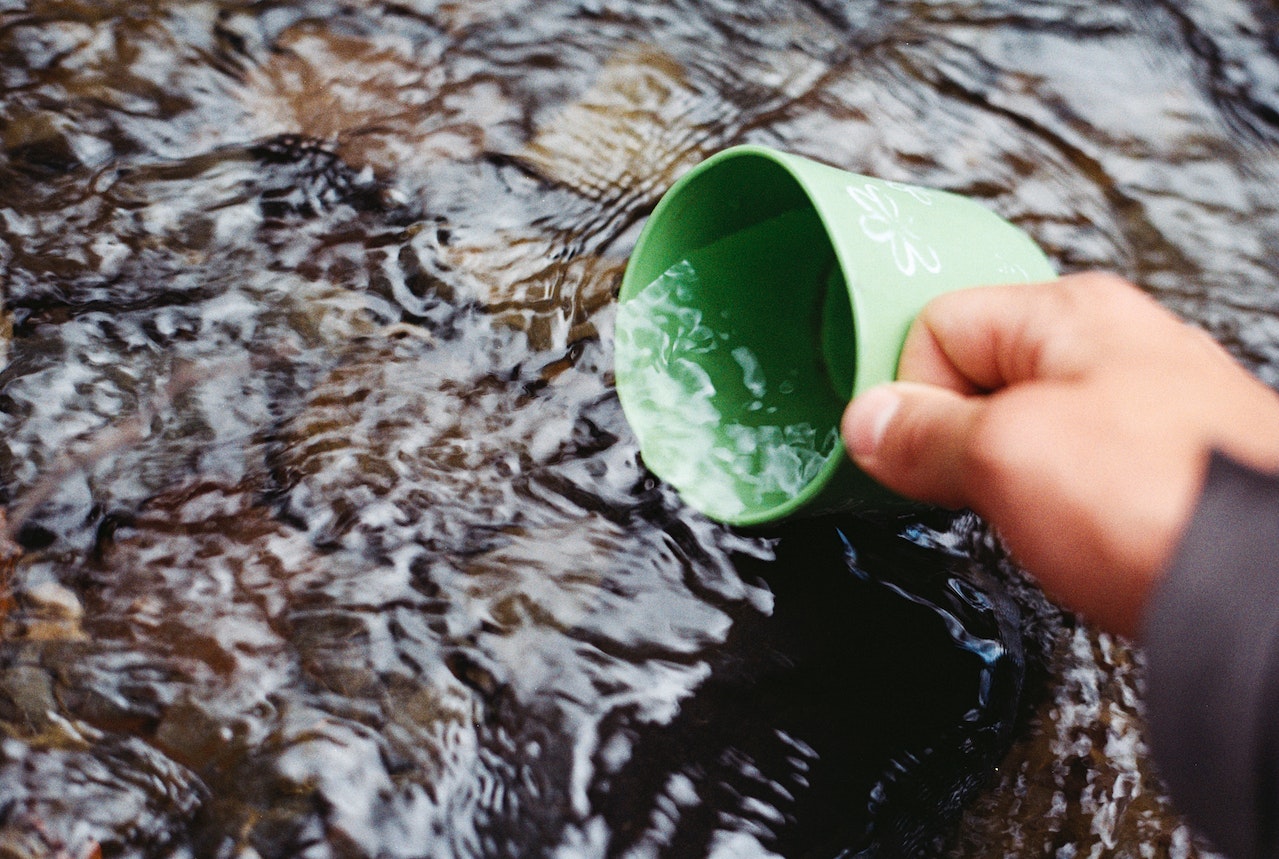Process water is a term that is often used in industrial settings, but many people may not fully understand what it means. Simply put, process water refers to any water that is used in industrial processes, such as manufacturing, cooling, or cleaning. This water is often treated and reused, but if it is not properly managed, it can become a source of contamination and pollution.
The importance of this type of water cannot be overstated, as it is essential for many industrial processes. However, the quality of this water can have a significant impact on the efficiency and effectiveness of these processes. In addition, improper management of process water can have serious environmental consequences. In this article, we will explore the uses of process water in industry, the contaminants and impurities that can be found in it, and the importance of proper treatment and management.
Industrial Uses of Process Water
You might be surprised to learn all the ways that businesses use process water in their operations. One of the most common industrial uses of this water is for cooling purposes. Many manufacturing processes generate a significant amount of heat, and this water is used to cool down machinery and equipment. This can help prevent breakdowns and ensure that manufacturing processes run smoothly.
Another industrial use of this water is for cleaning purposes. Many manufacturing processes produce waste materials that need to be cleaned off of equipment and machinery. This water is often used to rinse off these materials and keep the manufacturing process running efficiently. Additionally, this water can be used in the production of products themselves, such as in the mixing of chemicals or as a solvent in certain manufacturing processes.
Overall, this type of water plays a crucial role in many industrial operations, helping to keep equipment running smoothly and ensuring that products are produced efficiently.
Contaminants and Impurities in Process Water
Impurities and unwanted substances can be found in the liquid used for industrial procedures, commonly known as process water. These contaminants can come from various sources, including natural minerals, chemicals, and even microorganisms. The presence of these impurities can affect the efficiency and quality of industrial processes, resulting in potential product defects and equipment damage.
Some common contaminants found in this water include heavy metals, organic compounds, and pathogens. Heavy metals such as lead, mercury, and cadmium can enter the water supply through natural sources or industrial activities.
Organic compounds like benzene and toluene can also be present in the water due to chemical spills or improper disposal. Pathogens like bacteria, viruses, and parasites can contaminate the water supply through human or animal waste. The presence of these contaminants can pose health risks to workers and consumers, making it essential to monitor and treat this water to ensure its quality and safety.
Importance of Proper Treatment and Management
It’s crucial to manage and treat your industrial liquid properly to guarantee the optimal efficiency and quality of your processes. Proper treatment and management of this type of water can significantly improve the overall performance of industrial processes. It helps to reduce operational costs, minimize downtime due to equipment failure, and ensure regulatory compliance.
Proper treatment involves the removal of contaminants and impurities that may interfere with industrial processes. This can be achieved through various processes such as filtration, sedimentation, and chemical treatment. Effective management, on the other hand, involves monitoring the quality and quantity of this water, identifying potential issues, and implementing corrective measures to prevent any adverse effects on industrial processes. By ensuring that this water is properly treated and managed, industries can enhance their operational efficiency, reduce environmental impact, and achieve sustainable growth.
Recycling and Reusing Process Water
By recycling and reusing, you can significantly reduce the amount of fresh water needed for your industrial processes. This method involves treating and purifying the used water to make it suitable for reuse. There are various ways to recycle and reuse process water, including reverse osmosis, membrane filtration, and chemical treatment.
One of the main benefits of recycling and reusing process water is that it can help reduce water consumption and wastewater discharge. This, in turn, can lead to cost savings on water bills and wastewater treatment. Additionally, recycling and reusing this water can help industries become more environmentally sustainable by reducing their overall water footprint. With the increasing emphasis on sustainability and conservation of natural resources, recycling and reusing this water is becoming an increasingly popular option for industrial operations.
Environmental Impact of Unregulated Process Water Disposal
Improper disposal of industrial wastewater can have devastating effects on the environment, causing pollution and harm to aquatic life. When process water is not properly treated and disposed of, it can contain harmful chemicals and pollutants that can seep into the soil and contaminate groundwater. This can lead to the destruction of ecosystems and the loss of biodiversity.
In addition, unregulated disposal of process water can also lead to the release of greenhouse gases, contributing to climate change. When wastewater is not treated properly, it can release methane and other harmful gases into the atmosphere. This can have a significant impact on the environment, as methane is a potent greenhouse gas that contributes to global warming. Therefore, it is crucial for industries to properly treat and dispose of their water to minimize their environmental impact and protect the planet.
Frequently Asked Questions
What are the different sources of process water?
The different sources of process water include surface water, groundwater, and municipal water supplies. These sources are used in various industrial processes such as manufacturing, cooling, and cleaning.
How is process water different from drinking water?
Process water differs from drinking water as it is not intended for consumption and may contain chemicals or contaminants. It is used in industrial processes, such as manufacturing or cooling, and typically goes through treatment before use.
What are the health risks associated with exposure to contaminated process water?
Exposure to contaminated process water can lead to various health risks including skin irritation, respiratory problems, and gastrointestinal issues. It is important to properly treat and dispose of process water to prevent such dangers.
What technologies are commonly used for treating process water?
Commonly used technologies for treating process water include reverse osmosis, ultrafiltration, activated carbon filtration, and disinfection methods such as chlorination or UV treatment. These methods remove contaminants and ensure the water is safe for industrial use.
How do regulations vary across different industries when it comes to managing and disposing of process water?
Regulations for managing and disposing of process water vary across industries. Compliance is mandatory, and violations can result in fines and legal action. It is important to adhere to regulations to protect the environment and public health.
Conclusion
In conclusion, this type of water is an essential resource in various industrial sectors, including manufacturing, mining, and energy production. However, it often contains contaminants and impurities that can pose a risk to both human health and the environment. Proper treatment and management of this type of water are critical to ensure that it can be safely reused or disposed of without causing harm.
Recycling and reusing process water can also help conserve water resources and reduce the environmental impact of industrial activities. By implementing effective treatment and management strategies, industries can ensure that their water is clean and safe for use, while minimizing their overall water consumption and reducing their carbon footprint.



